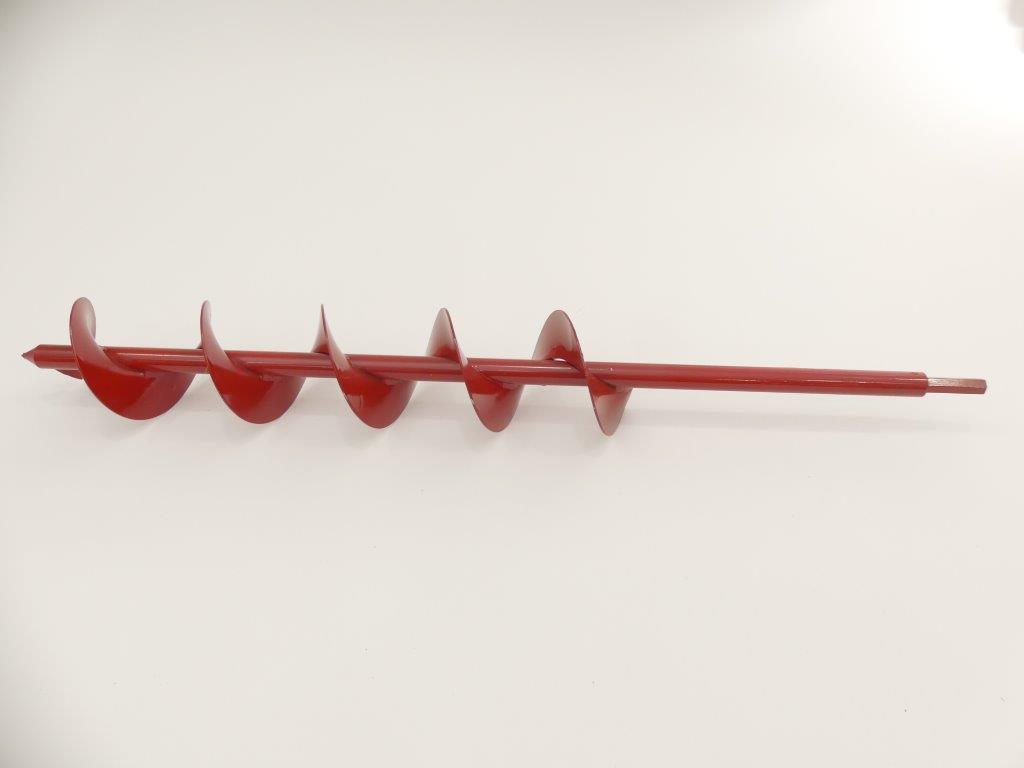Gardening Tips and Products for the Climate-Conscious Gardener

Gardening Tips and Products for the Climate-Conscious Gardener
Home gardeners are on the first line to recognize climate change. They see the effects of poor gardening practices right in their own backyard with poor soil, erosion due to harsher weather, and fewer pollinators due to failing to plant proactively. But, it’s not too late; as a climate-friendly gardener you can improve your own little piece of heaven. Here are some tips:
- Try to use tools that don’t use gas or electricity when you can. Hand tools and your own bare hands are better for the environment and your garden than gas-powered tools that add carbon dioxide to the environment.
- Your most important ingredient for gardening is using the right soil for the plants that you want to grow. Do not use synthetic ingredients in your soil. Plants take CO2 from the air and turn it into starches and sugar. This combines with other types of carbon which then turns into a plant that people and animals eat.
- The one thing you really want to do to practice climate-friendly gardening is to compost. To accomplish this, you simply need an aerator, air, water, the sun, and organic material. You may need a hand cultivator or fork, a screener, and an auger allows you to burrow into the compost heap and get air to all layers including the bottom, which is exactly what you want to speed up the decomposition process. The best augers are those that are driven by a 3/8” power drill as they do an effective job and there is less wear and tear on the user. There are several makers of these such as Power Planter, Ames, Lichter, Jisco, Hiltex, 7Penn, Yard Butler. The ones we like the best are made by Tech Team https://techteamproducts.com/ their item 777 https://www.amazon.com/Tech-Team-Planter-Seedlings-Planters/dp/B07S385BW7/ref=sr_1_197?keywords=bulb+auger&qid=1568384841&s=gateway&sr=8-197 and their 778 https://www.amazon.com/Tech-Team-Planter-Seedlings-Planters/dp/B07S386MWG/ref=sr_1_53?keywords=bulb+auger&qid=1568384749&s=gateway&sr=8-53 do an absolutely perfect job. This tool is also perfect for planting tulip and daffodil bulbs.
- A gas-powered mower puts too much carbon dioxide into the air and should not be used by the climate-friendly gardener. Therefore, look for electric mowers because they are healthier for the environment. If you really want to impact the environment positively, a manual push mower will work best. It’s good for the grass too because it cuts it differently than other types of mowers, with less damage.
- Try to avoid synthetic fertilizer and use only organic fertilizers that aren’t fuel based. They should have the right compounds for your needs based on the tests you perform on your planting areas. You can use manure from cows and from chickens. Chickens are great for gardening and their manure is a good source of nitrogen for your compost pile. They also work great as they can clear up to 50 square feet of land per chicken within six weeks.
Also, never leave your garden soil empty. Always replace crops with a crop cover of some kind to keep the soil healthy and manage erosion, weeds, and diseases. Plant grains, grasses, and legumes make good cover crops. Also, control water runoff, plant damage, erosion, and even cool down a hot spot in your yard with the right trees and shrubs. Look for native plants for the best results that most fit your needs.
Using these techniques and your own bare hands, you can create a fruitful garden that will give you all the food you and your family need, while improving the environment instead of ruining it. In fact, if everyone used these same tools and practices in their gardening and yard care, we could help slow down climate change damage. You can also do a Hey Siri or Hey Alexa search for “Best climate related garden practices.”
